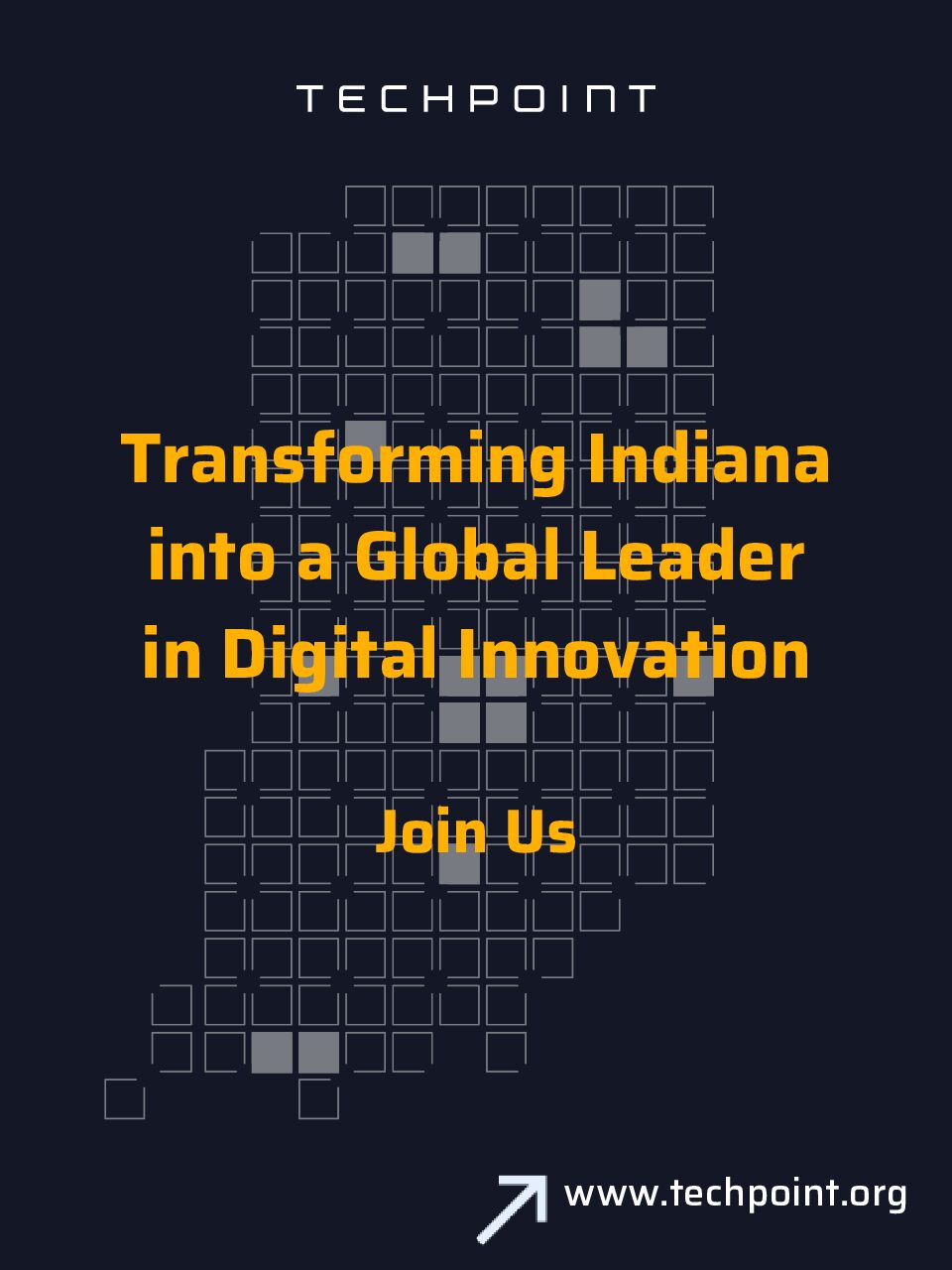The State of Emerging Technologies
Even though I’m a technologist and a software engineer, I’m a creator at heart. What gets me excited is creating new things and helping people benefit from the new things we create together.
Thanks to Emerging Technologies, there’s never been a more exciting time to create. And there’s never been a wider array of tools and technologies at our disposal to define, design and deliver innovation that will improve the way we work, live, play and learn.
Hype Serves A Purpose
How do you separate help from hype when it comes to Emerging Technologies?
It might surprise you to discover that hype serves a purpose. Hype gets us excited to explore something new with a beginner’s mind and a fresh set of eyes. Exploration creates an environment where anything goes. When anything goes, we enter an expanding universe of possibilities. Within the universe of infinite possibilities, no one really knows – or believes there is – a “right answer.” Instead, people ask questions that lead to ideas. Ideas eventually become tools to separate the signal from the noise.
If we don’t have the noise that hype generates, how will we ever normalize and discover what’s really going to stick and have staying power?
Chat GPT is the new Netscape Navigator
When Netscape Navigator announced the first free, non-commercial version of their web browser in 1994, it spawned a tremendous amount of hype. Why? Because it was the first time that people without a degree in computer science or programming could retrieve information on demand and have that information displayed to them via hyperlinks. How was the user experience? Terrible! Of course it was. How accurate were the search results? Not very. And we still used it because it got us excited about what was possible.
Chat GPT, like Netscape Navigator in its infancy, is a more primitive version of an intelligent search engine. The difference is we are talking rather than typing. The user experience and accuracy are not what we want…yet. And that’s OK. Insatiably curious people will continue to fuel progress for all of us in due time as long as we keep experimenting and engaging.
What’s in a name?
It’s easy to masquerade as an Emerging Technology enthusiast or expert by repeating trending tech terms like Chat GPT and Large Language Models (LLM’s), even if you only have a basic understanding of what they mean. To increase your fluency level and to better understand the potential each emerging technology represents, here’s a getting started glossary of tech terms we’ll explore further in the balance of this white paper:
- Artificial Intelligence (AI): The simulation of human intelligence processes by machines, especially computer systems. Specific applications of AI include expert systems, natural language processing, speech recognition and machine vision.
- Generative AI: Describes algorithms (such as ChatGPT) that can be used to create new content, including audio, code, images, text, simulations, and videos. Recent breakthroughs in the field have the potential to drastically change the way we approach content creation.
- Chat GPT: Stands for Chat Generative Pre-Trained Transformer and was developed by an AI research company, Open AI. It is an artificial intelligence (AI) chatbot technology that can process our natural human language and generate a response.
- Large Language Models (LLM’s): A type of machine learning model that can perform a variety of natural language processing (NLP) tasks, including generating and classifying text, answering questions in a conversational manner and translating text from one language to another.
- Edge Computing: Allows devices in remote locations to process data at the “edge” of the network, either by the device or a local server. And when data needs to be processed in the central datacenter, only the most important data is transmitted, thereby minimizing latency.
- Block Chain: A decentralized, distributed and public digital ledger that is used to record transactions across many computers so that the record cannot be altered retroactively without the alteration of all subsequent blocks and the consensus of the network.
- 5G: 5th generation mobile network. It is a new global wireless standard after 1G, 2G, 3G, and 4G networks. 5G enables a new kind of network that is designed to connect virtually everyone and everything together including machines, objects, and devices.
- 6G: A cellular network that operates in untapped radio frequencies and uses cognitive technologies like AI to enable high-speed, low-latency communication at a pace multiple times faster than fifth-generation networks.
Emerging Technologies Are Interdependent
Sometimes Emerging Technologies are positioned as an either / or proposition. As in, I’ll either do AI OR Edge Computing OR Blockchain. The reality is that realizing results relies on interdependent technologies.
For example, why are LLM’s even possible today? Because of all the data we’ve collected over the past 30-40 years. LLM’s rely on lots and lots of data. And had we not recorded that data through big data technology, we would not have all this information to go back to and then use to train these models.
Perhaps you’ve started thinking, “Hey, I want to build a metaverse. I want to create virtual and augmented realities where people are embedded in those experiences.” How are you going to do that when you’re mobile? You need 6G for that. You need to have technologies for wireless that are much faster and can support vastly more information. By the way, those AI models that you’ll need to run take bandwidth if you have to send them up to the cloud. To take it a step further, why not just process it on the phone where there’s a whole lot of extra capacity for compute and memory? That’scalled edge computing.
Integrating emerging technologies is what will allow us to take the next leap in tech.
Determining Your Priorities & Path Forward
Regardless of your starting point – or your fear of stepping into the unknown – progress is possible.
The easiest next step is to subscribe to TLDR, a free daily newsletter I love with links to the most interesting stories in startups, tech, and which innovation research is proving fruitful. It’s accessible enough for every knowledge level and takes about five minutes to read every few days.
Other words of wisdom based on what I’m discovering:
If there’s not a spark of curiosity behind what you’re doing, don’t do it. Because it’s just a
waste of time. If you don’t have the passion, and the drive, then it’s not for you. That’s totally fine. Find others in your organization instead who do have the passion and the excitement. Give them a little bit of time. Give them a little bit of space to explore and to experiment.
Innovation is everyone’s job. We all have a part we can play. There are no dumb questions or dumb ideas. Questions and ideas are how innovation happens. When you look at some of the most important inventions, it wasn’t because someone had a brilliant idea. It’s always something that’s additive or applied from a different domain – tech to manufacturing, healthcare to education, etc. That’s how we continue to grow and to create new things.
Ask, “Why Not?” One of the objections I hear to experimenting with AI is, “We can’t use AI for anything that could personally identify someone, like health information. Nothing sensitive.” My question is, “Why not?” Absolutes are a dangerous mindset to put yourself into because they automatically limit what’s possible. Now, don’t be careless. Have a risk mitigation plan and a security plan around whatever you’re going to try. Do your research. Create a risk assessment. Give yourself permission to pilot with a plan in place.
Build a compelling business case. The most challenging aspect of building a compelling business case to invest in Emerging Technologies is estimating the ROI. When you’re tinkering, you don’t necessarily know what questions to ask to surface an ROI hypothesis. Reframe the ROi of investing in Emerging Technologies, instead, as an investment in your team. What’s the value of creating space for people on the team to experiment? To grow themselves professionally? What will happen more often than not is they will come to you with an idea you never would have thought would produce productivity gains or improve a process or enhance a customer experience. The ROI follows the discovery process. That’s the blessing and the curse of innovation.




